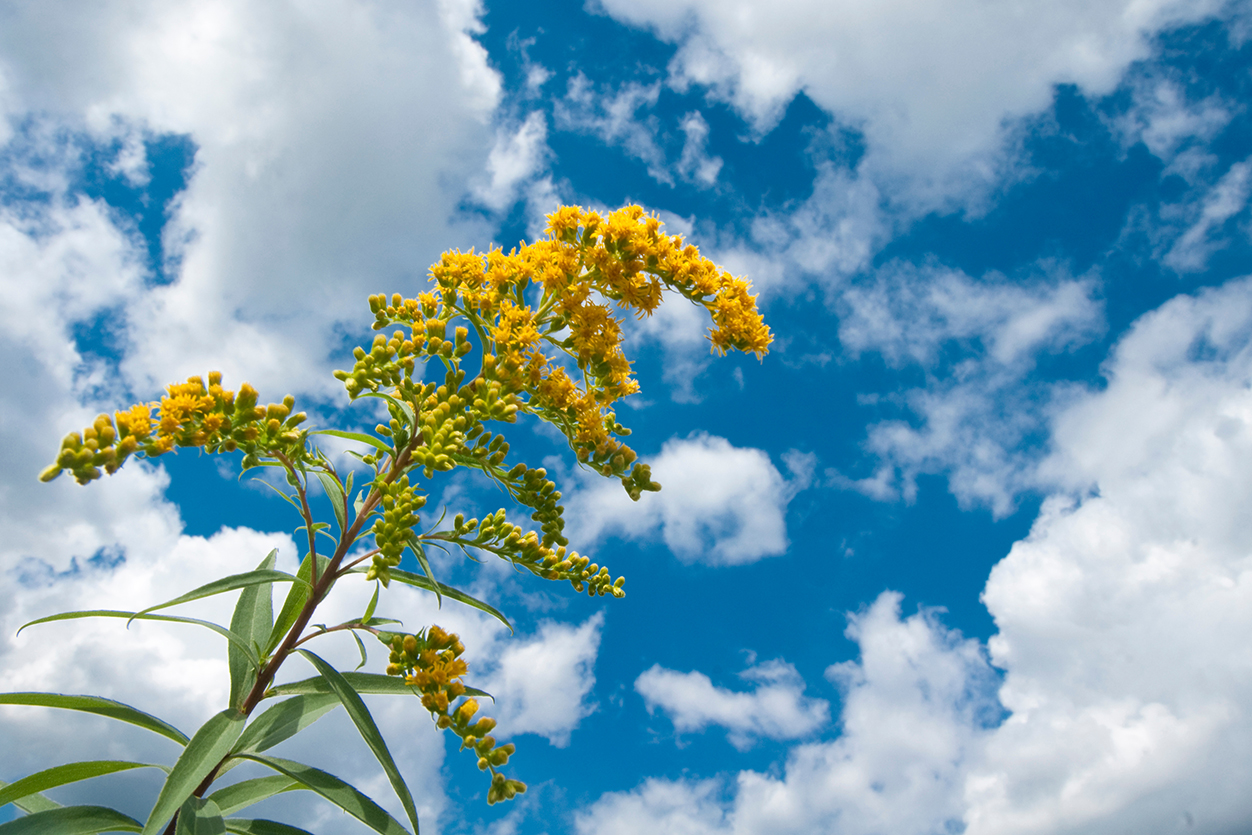IDENTIFICATION
Did you spot something that you think might be an invasive plant? Use our FREE identification service to quickly find out.




How can to get rid of Goldenrod. This plant, like Japanese knotweed has an underground rhizome system that can spread rapidly, and all fragments of the rhizomes need to be completely removed to ensure no future growth. All parts of the plant above and below ground growth need to be completely removed from site. The stems can be cut down and treated with herbicide or completely dug out – but this must be done by a trained professional if the result is required to be permanent.
To find out the best way to remove Goldenrod and the best time of year to have treatment or excavation carried out get in touch.
Goldenrod is a non-native species which can quickly out compete native plants. The rhizomes (roots) grow prolifically and like any rhizomas species can be difficult to get rid of as any fragment left behind will form new plants. It grows prolifically and can take over large swathes of land (as shown in the picture of Goldenrod growing along river banks), which is not only problematic for the landowner but can make access for treatments challenging as well. Spotted early treatment can be more effective.
SCIENTIFIC NAME: Solidago canadensis
ORIGIN: North America
Canadian Goldenrod is a rhizomatus perrenialthat has been cultivated as an ornamental plant in the UK since 1648. There is also a native European Goldenrod (Solidago virguarea), which is common and widespread throughout Britain and Ireland. Goldenrod is a vigorously growing plant that displays beautiful yellow pyramid clustered flowers with 10 to 17 short rays in broad pyramidal panicles. Its leaves and flowers have medicinal properties and have been used in folk medicine as a remedy for all sorts of conditions.
Can be found in grasslands, meadows and alongside riverbanks, as well as on roadside verges or waste ground.
The roots also produce a group of chemicals that can inhibit the growth of other plants that surround them, a process called allelopathy. Dense infestations along waterways can impede flow and increase flood risk and erosion. According to a paper published in the Journal of Insect Conservation, invasive goldenrod in Europe are also killing off native ant and butterfly species.
Goldenrod presents no physical danger to either humans or animals.